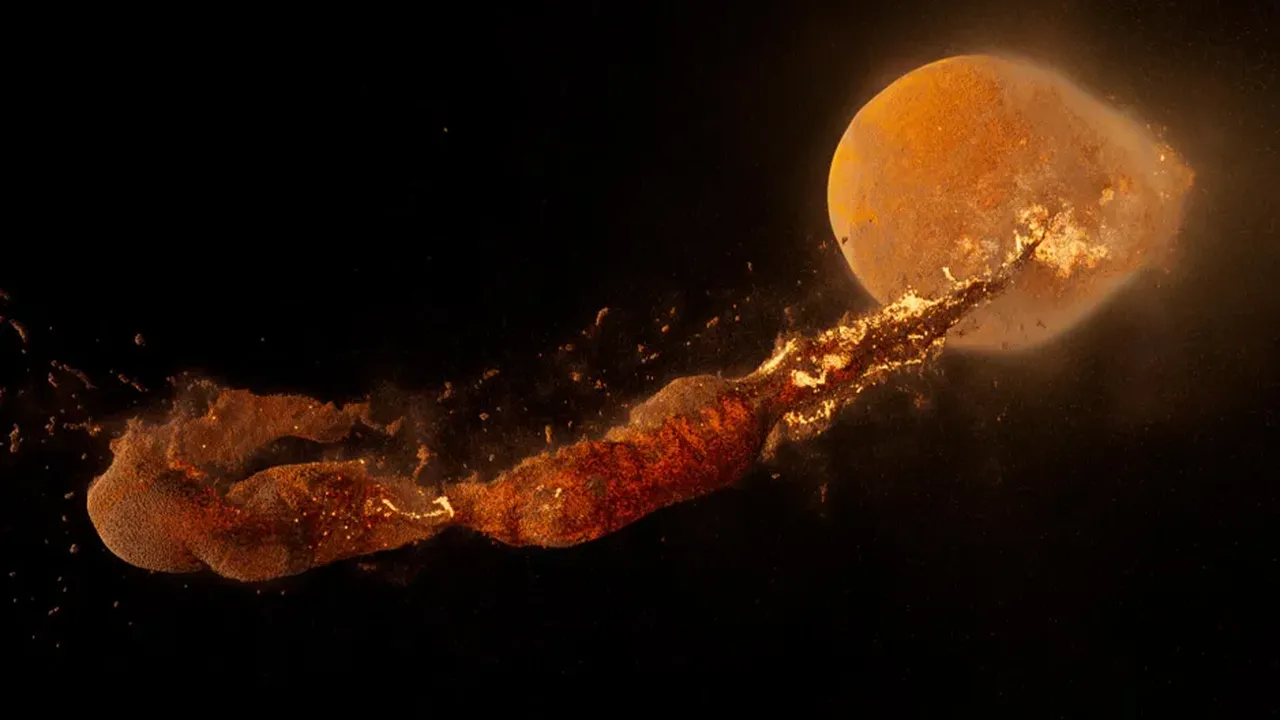How did the moon form? Theory sheds new light on its origins 4.5 billion years ago
An instant moon? That may be how it happened, according to new supercomputer simulations suggesting a giant impact between Earth and a “Mars-sized body” could have put a moon-like body into Earth orbit almost immediately.
Most current theories have the body called Theia throwing up Earth debris that gradually cooled and came together to form the moon. If the new theory holds, it happened faster and the moon could contain debris from Theia. That could mean its interior isn’t as much like Earth as we think. It could be “different,” these scientists say.
“If much of the moon formed immediately after the giant impact,” the university’s report on the findings said, “then this could also mean that less became molten during formation than in the traditional theories where the moon grew within a debris disk around Earth. Depending on the details of the subsequent solidification, these theories should predict different internal structures for the moon.”
Scientists at Durham University’s Institute for Computational Cosmology used “the most detailed supercomputer simulations yet” to study the moon’s origin some 4.5 billion years ago. They simulated hundreds of different potential impacts.
“This opens up a whole new range of possible starting places for the moon’s evolution,” lead researcher Jacob Kegerreis said. “We went into this project not knowing exactly what the outcomes of these very high-resolution simulations would be. So, on top of the big eye-opener that standard resolutions can give you wrong answers, it was extra exciting that the new results could include a tantalizingly moon-like satellite in orbit.”
